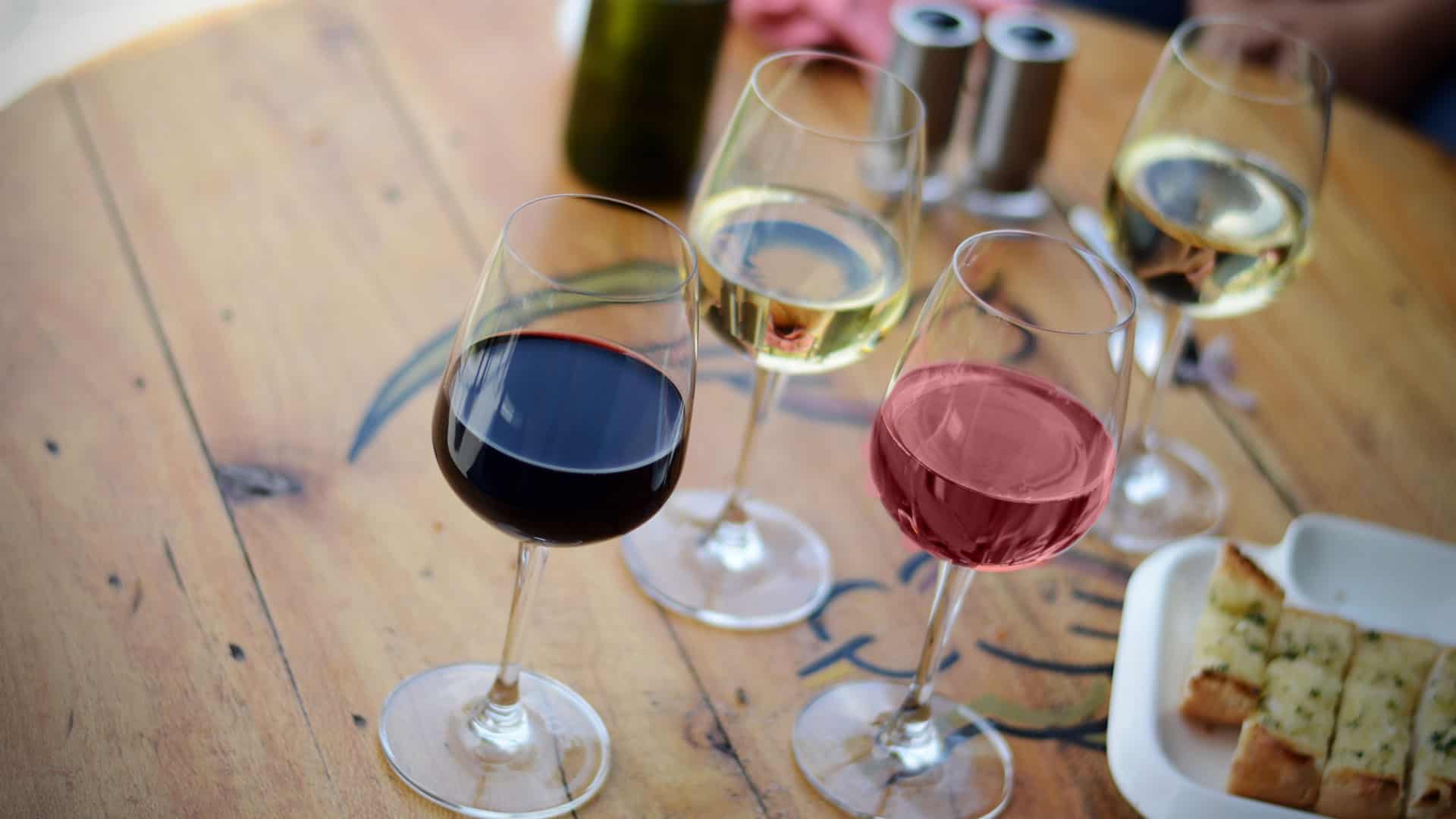Introduction: sweet wine, dessert wine or liqueur wine
In our online store you will find numerous sweet wines of the highest quality. Sweet wine, dessert wine and liqueur wine are collective terms for full-bodied, sweet wines that are traditionally served at the end of a meal, together with dessert or cheese. Our range also includes numerous other white wines, rosé wines and red wines. Lovers of high-proof spirits will also find an exquisite selection of digestifs and spirits in the store.
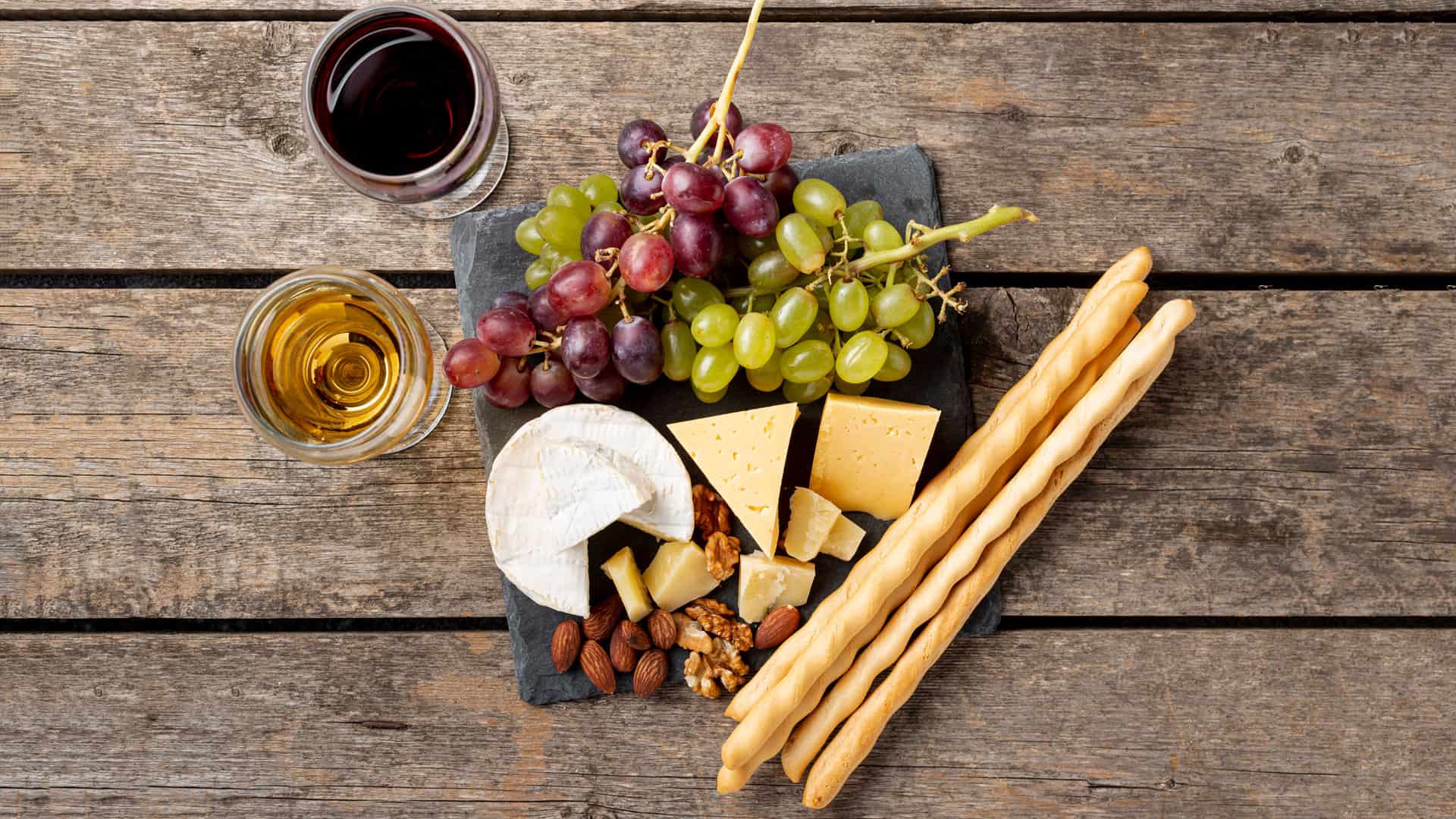
If you are looking for a gift, we recommend the various tasting boxes from our gift service, for example, or a gift voucher, which gives the recipient a free choice in our online shop.
The most important facts about sweet wine at a glance
- Sweet wines are traditionally served with dessert or cheese at the end of a meal in many countries and wine-growing regions. Such sweet wines can also be served at the right temperature as an aperitif.
- Sweet wines are divided into two categories. One category refers to all those wines that are made into dessert wines due to the concentration of sugar found in the grapes. The other category contains the so-called liqueur wines, also known as fortified wines, because either 96% alcohol or thickened, fortified must is added to them in order to interrupt the natural fermentation. These liqueur wines are also declared as sweet wines and offer a natural fruity sweetness from different wine regions.
- The terms dessert wine and sweet wine are not defined in European wine law. In colloquial language, wines with residual sugar content are often referred to as dessert wines because they are mainly served after a meal with dessert or cheese.
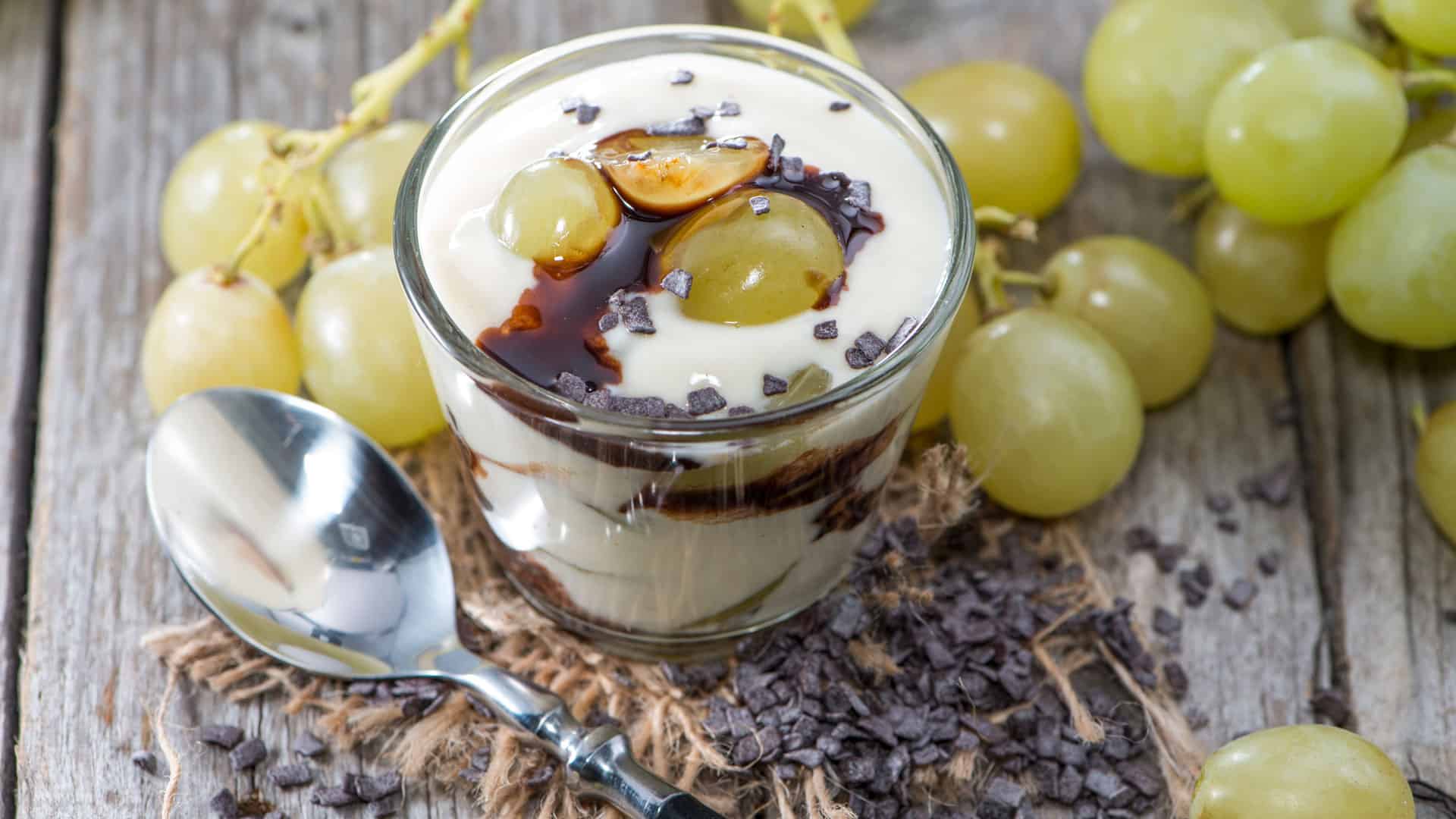
What are dessert wines?
Definition and characteristics
Dessert wine is a wine that has a high residual sugar content. Wine law describes wines as sweet if they contain at least twelve grams of residual sugar per liter. In comparison: if wines contain more than 45 grams of sugar per liter, they are referred to as sweet wines or wines with residual sweetness. This regulation applies equally to red wine, rosé and white wine.
The characteristic sweetness is created in two ways. On the one hand, the wine yeast dies due to the high alcohol or must sugar content. On the other hand, the winemaker stops the fermentation so early that the existing sugar has not yet been completely fermented into alcohol.
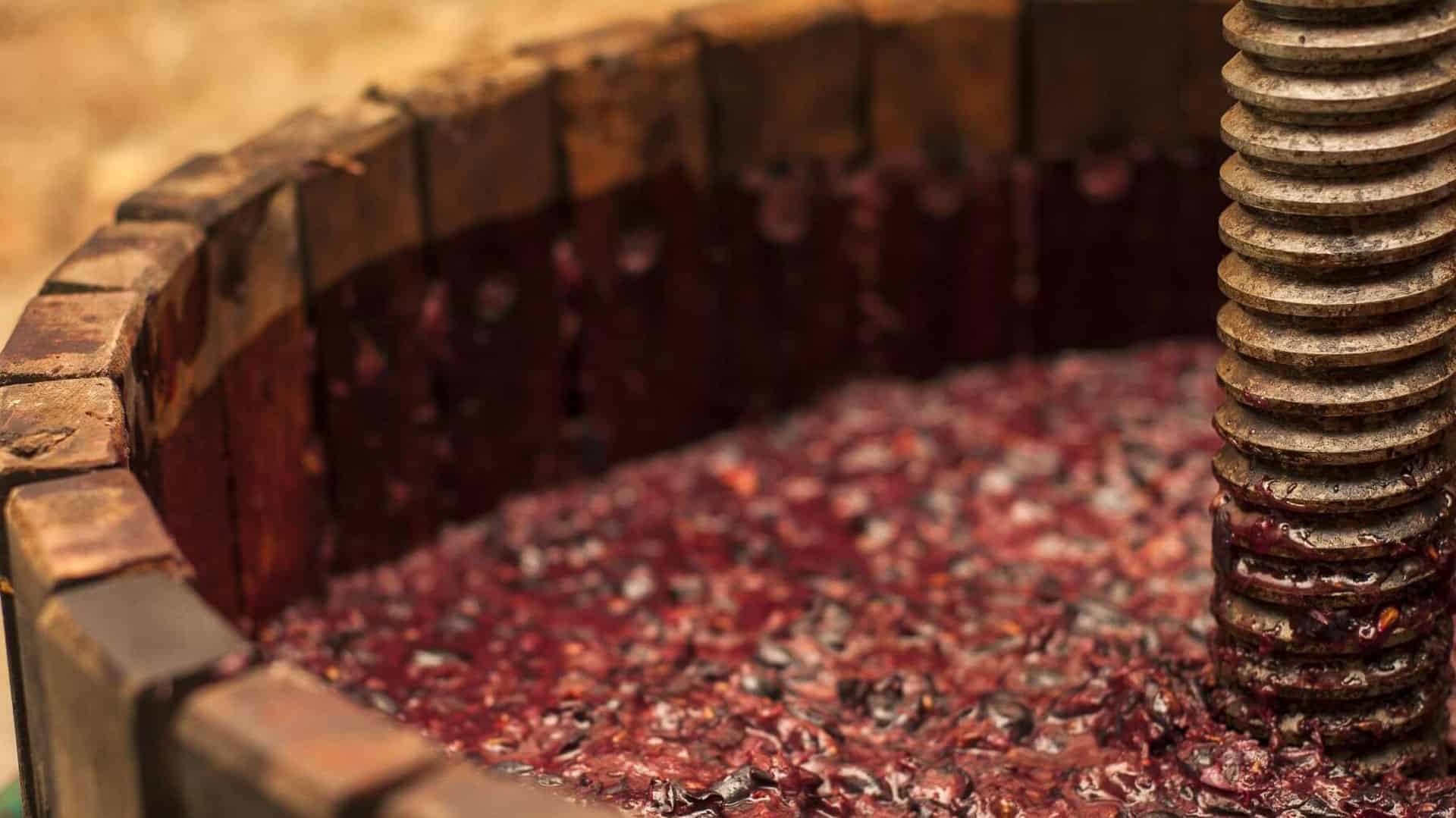
Synonyms for dessert wine are also sweet wine, sweet wines or wines with residual sweetness. The residual sweetness in dessert wines results either from the addition of alcohol or from the naturally high must sugar contained in the grapes. Dessert wines are among the so-called specialty wines.
The different types of sweet wines
Variants and production
Sweet wines are divided into two categories. Within these categories, there are different production methods, which differ from region to region and give the wines their own individual characteristics:
Naturally sweet wines with residual sugar content
Naturally sweet wines are made from healthy, ripe grapes without the addition of alcohol or sugar. The high sugar content develops directly in the berries through various processes.
- Frozen grapes (ice wine): The grapes remain on the vine until they freeze. They are then harvested and processed while still frozen. Ice wine is very noble and often expensive, as only a small amount of wine is made from the frozen mass and ideal weather conditions are required.
- Noble rotten grapes: These grapes are attacked by gray mould rot (Botrytis cinerea), which draws water from the grape and concentrates the ingredients. The metabolism of the fungus also changes the color and aroma of the juice, resulting in particularly intense wines.
- Dried grapes: The grapes remain on the vine until they dry out like raisins. For Trockenbeerenauslese wines, noble rot grapes are often dried to increase the sugar concentration. Alternatively, harvested grapes can also be dried to concentrate the must.
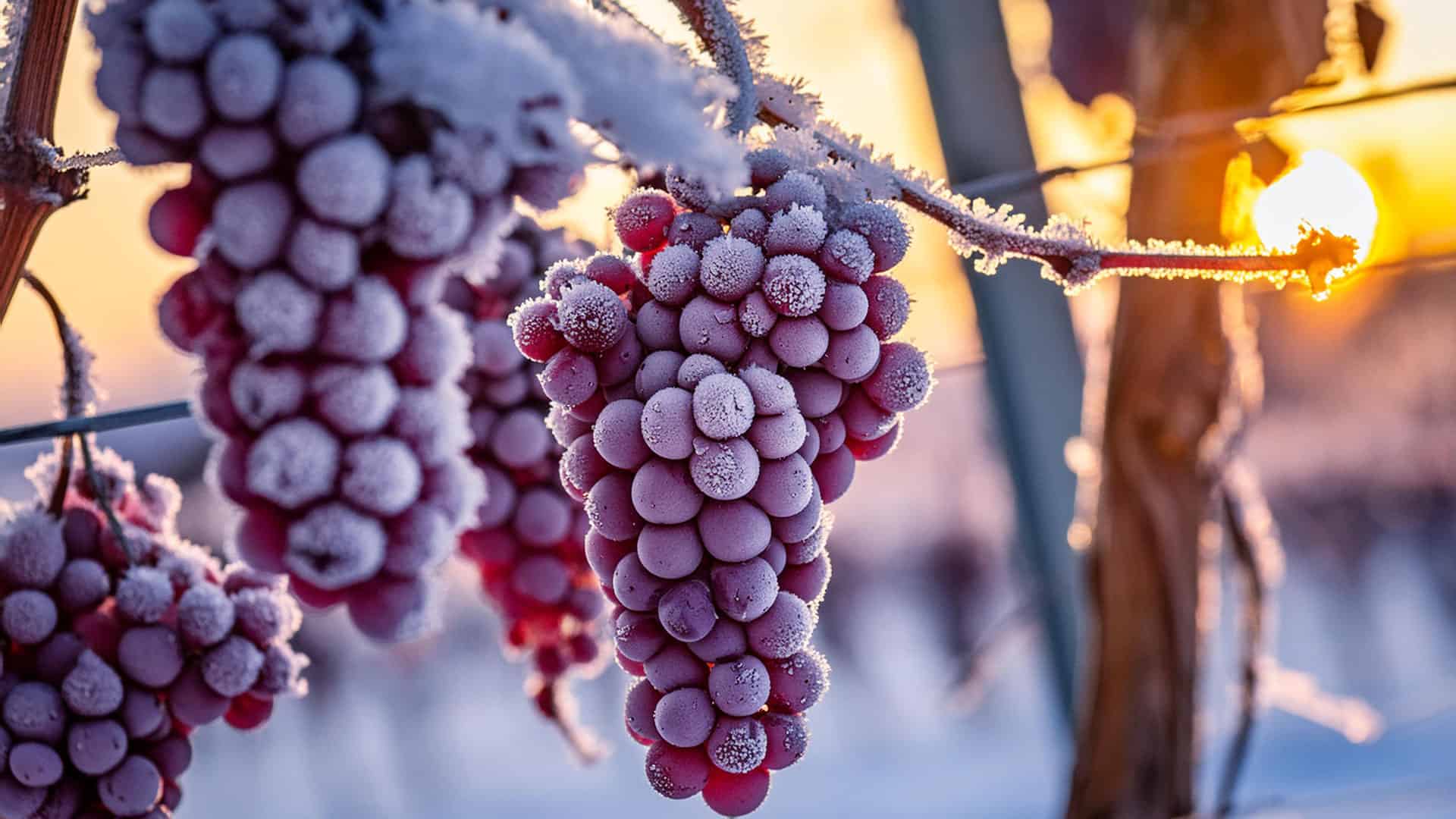
Passito dessert wines are a special form of sweet wine made from dried grapes. These include, for example, the Tuscan Vin Santo or the Recioto, which is the residual sweet brother of the Veneto Amarone, which is popular in Switzerland. For these wines, the fully ripe grapes are harvested on straw mats, well ventilated and dried for several weeks.
Liqueur wines (fortified or alcohol-enhanced wines, French vin doux naturel)
In these wines, the fermentation process of the very sugar-rich must juice is ended early by adding 96% alcohol or by adding thickened, fortified must. As a result, the yeast that converts the sugar into alcohol is killed off prematurely and no further conversion of sugar into alcohol can take place. Famous representatives of these liqueur wines are port wine, Banyuls, Muscat de Beaumes-de-Venise, Madeira and sherry.
Italian and French dessert wines
Sweet wines from Italy and France
Italy’s sweet drops
In Italy, there are both naturally sweet dessert wines and fortified wines. The latter include Marsala from Sicily. Europe’s largest wine-growing country also produces sweet still wines and sweet sparkling wines. Probably the most famous representative of the sparkling wines is Moscato d’Asti from Piedmont. This sparkling, fruity wine is made from the Moscato grape variety of the same name and impresses with its expressive bouquet and inimitable fruity sweetness, refined with a tingling and zesty acidity.
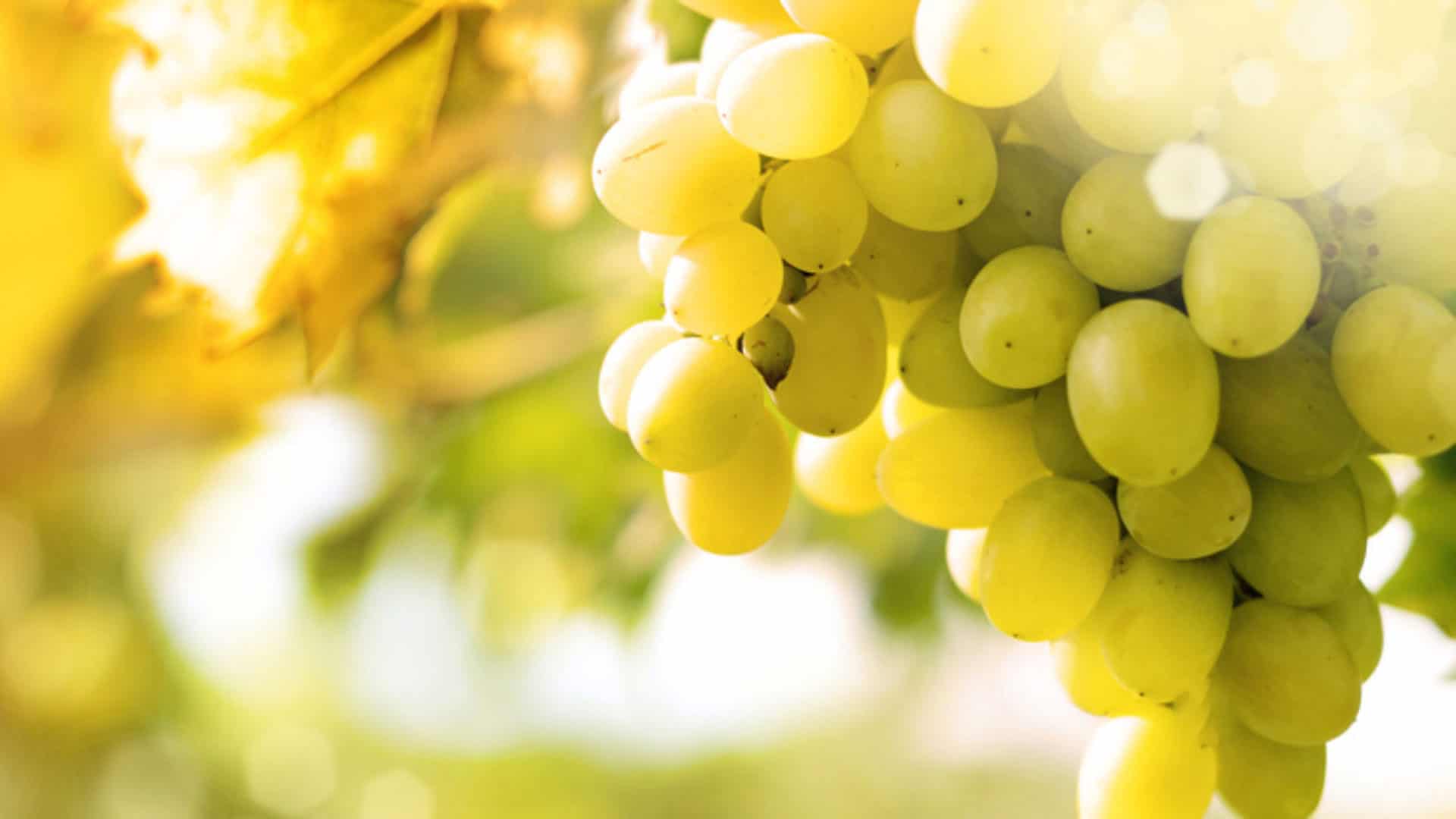
Among the still wines, the Vin Santo from Tuscany or the Recioto from Veneto are famous representatives. Their fully ripe grapes are dried on straw mats in a well-ventilated area for several weeks before being made into sweet wines.
France’s sweet drops
In France, naturally sweet wines from Alsace are referred to as Vendanges tardives or Sélection de grains nobles. This corresponds to the German predicate Beerenauslese. In the Jura, these wines are called Vin de Paille, and the most famous representatives from the Bordelais are Sauternes and Barsac.
According to French wine law, the term vin doux naturel is used for fortified wines, i.e. sweet wines that are fortified. Famous representatives of this type of sweet wine, which are made from the fruity Muscat grape, are Rivesaltes, Banyuls, Muscat de Beaumes-de-Venise or Muscat de Frontignan. However, the alcohol content of these wines is a moderate 15 to 18 percent by volume compared to port and Madeira.
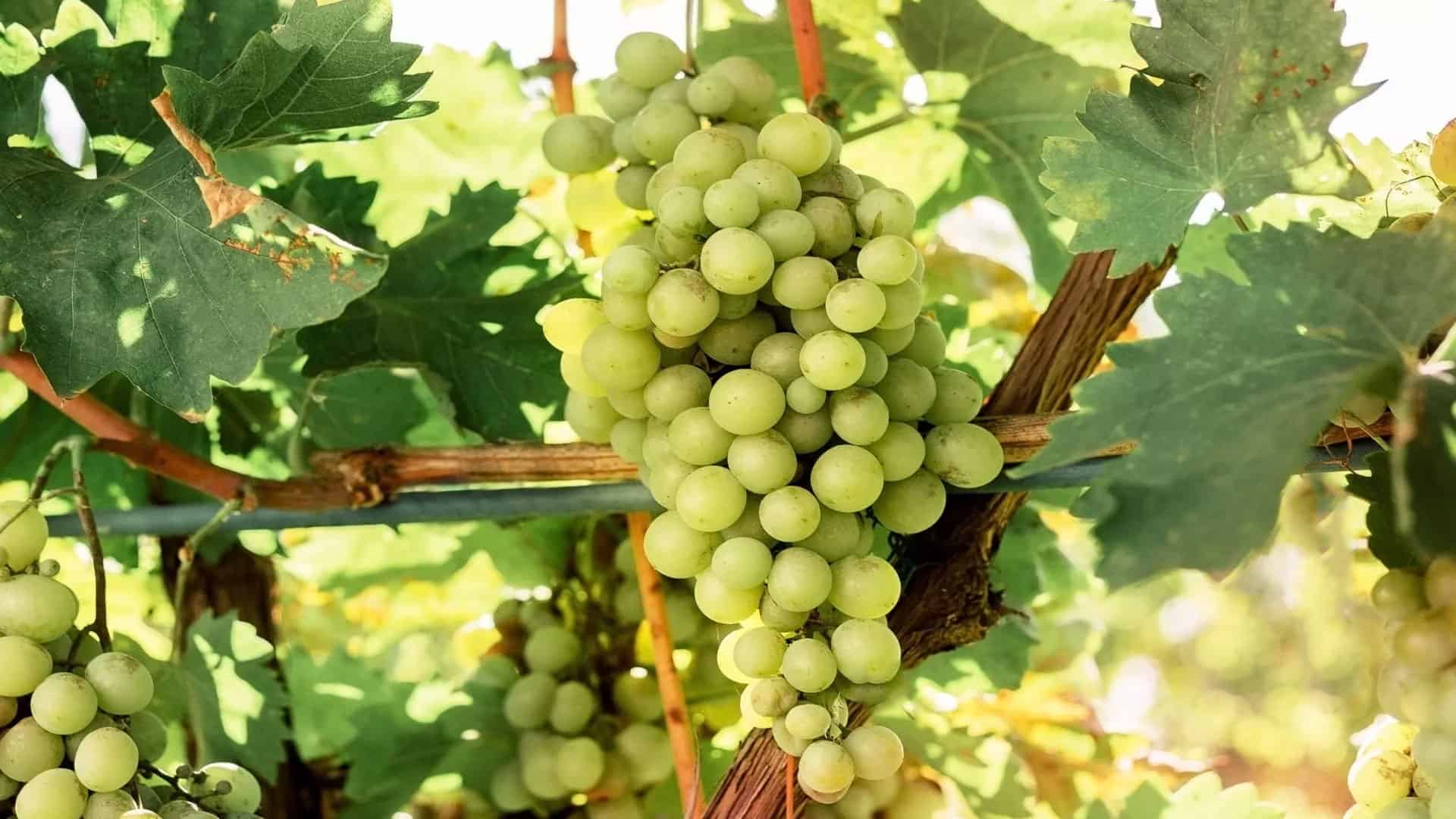
Sweet wines from Hungary, Germany and Switzerland
Wine of kings from Hungary
Hungary is famous for its Tokaj, a naturally sweet wine made from noble rot grapes. These grapes are affected by gray rot (Botrytis cinerea), which concentrates the sugar content and gives the wine its characteristic sweetness and complexity. One example is Tokaji Aszú from Hungary, which is often referred to as the “wine of kings”.
The sweetness of this sweet wine is indicated by the number of “puttonyos” on the label, which indicates the sugar and botrytis content. The more puttonyos, the sweeter and more concentrated the wine. The scale ranges from 3 to 6 puttonyos, with 6 puttonyos indicating the highest sweetness and intensity. There is also Eszencia from Hungary, an even sweeter and rarer variant of Tokaji, which is over 6 puttonyos and is considered a true rarity.
Germany’s sweet drops
In Germany, naturally sweet wines such as Riesling Spätlese, but also Eiswein and Trockenbeerenauslese are particularly appreciated.
Riesling Spätlese is a genuine German specialty. It is made from late-harvested grapes, allowing the wine to develop a special sweetness and complexity. The late harvest allows the grapes to soak up more sun, resulting in a higher sugar concentration and more intense aromas. Riesling Spätlese wines are known for their harmonious balance between sweetness and acidity, as well as their pronounced fruity notes such as apple, peach and citrus. The versatility of Riesling Spätlese makes it extremely popular both as a dessert wine and as an accompaniment to spicy dishes.
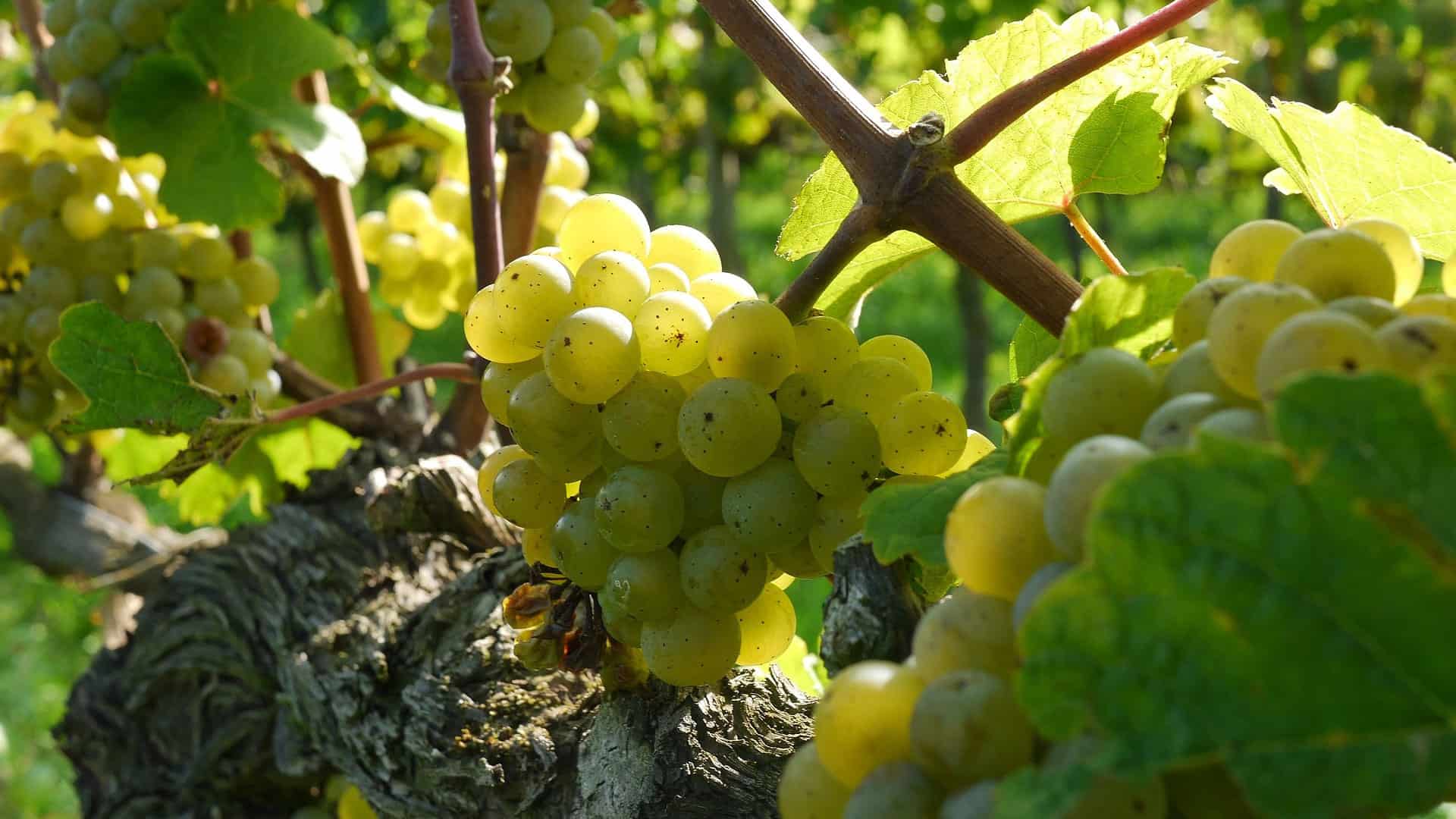
Ice wine is made from frozen grapes that are harvested at temperatures below -7°C and pressed immediately, which concentrates the sweetness. Trockenbeerenauslese is produced by drying noble rotten grapes on the vine, resulting in intense, syrupy wines. The yields of these wines are very low, the production is correspondingly complex and results in wines of the highest quality with a very good shelf life and high prices.
Wines with residual sweetness from Switzerland
Wines with residual sweetness are also produced in various wine-growing regions in Switzerland. The largest wine-growing canton, Valais, which enjoys a particularly favorable climate, produces numerous sweet wines of the highest quality, including the so-called straw wine, whose grapes are dried on straw mats by some wineries, similar to the Italian Recioto, before being further processed.
The Adrian & Diego Mathier Nouveau Salquenen winery from Salgesch in Switzerland’s largest wine-growing canton, Valais, also offers naturally sweet wines made from white and red grapes. One of the rarities among Swiss dessert wines with residual sugar is the Gemma Assemblage des cépages nobles AOC VS dessert wine. This wine is a real rarity, like a precious stone, maturing to its irresistible perfection in barrique barrels deep down in the eternal ice of the Rhone glacier. The grapes for this dessert wine are only harvested in November, when the Oechsle level is at least 140.
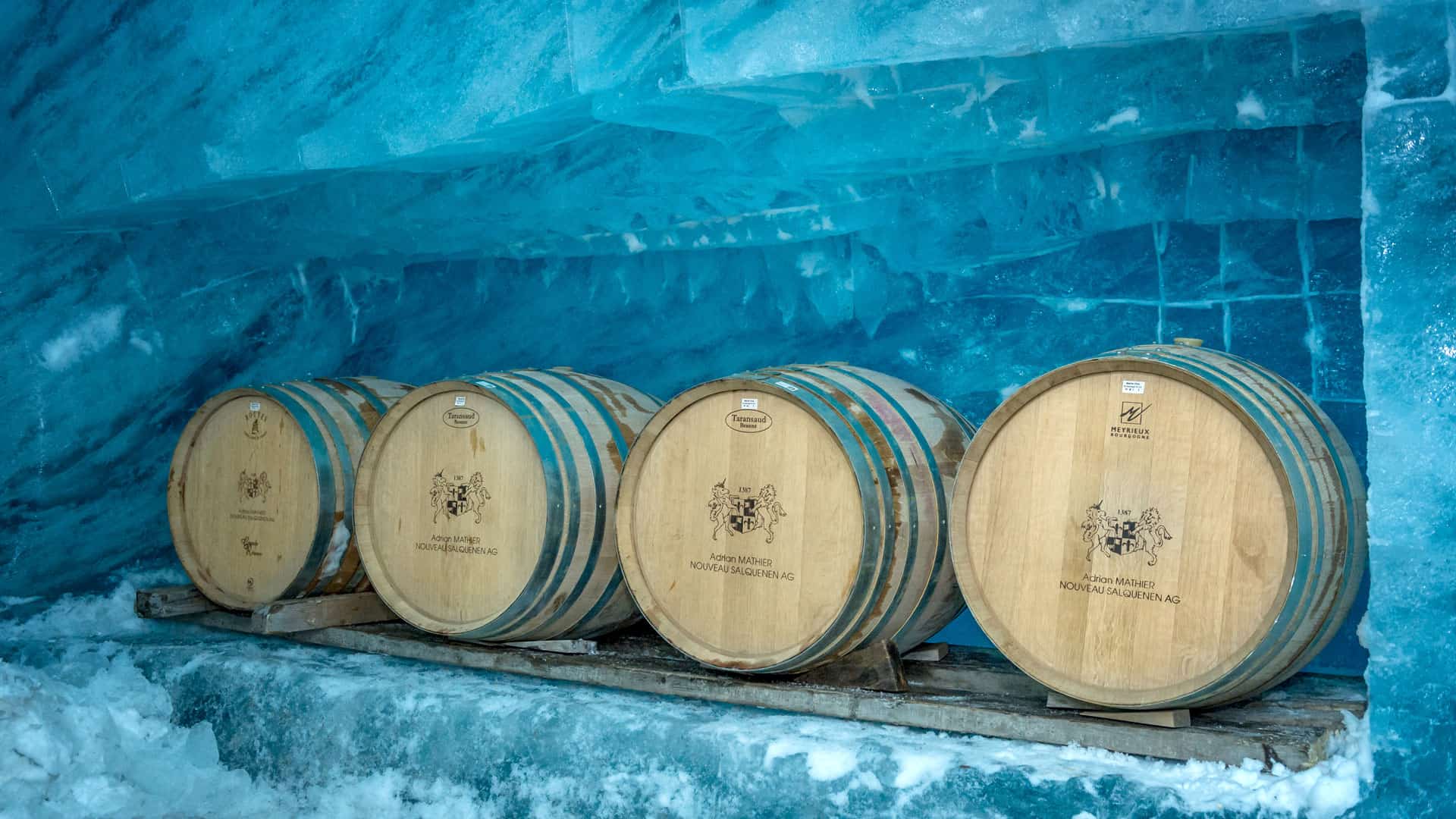
Correct storage and optimum drinking pleasure
Tips for correct storage and perfect enjoyment
Like all other wines, dessert wines should always be stored in a cool place with a constant humidity of 50-75% and in a dark place.
Basically, all these wines differ from other wines in that they can be stored for a particularly long time. Due to their high residual sweetness, higher acidity and often enriched with tannins, which they owe to ageing in oak barrels, dessert wines have a very high ageing potential, which can be more than 100 years depending on the quality of the wine.
The ideal drinking temperature for dessert wines is between 8°C and 12°C.
What is meant by Auslese, Beerenauslese, Trockenbeerenauslese and Eiswein?
These terms, which are used in Germany and Austria as predicates for classifying quality wines, ultimately refer to products with a residual sugar content that are marketed as sweet wines.
Auslese refers to a fine wine that is made exclusively from fully ripe grapes during the harvest. This means that all unripe grapes are removed beforehand.
A Beerenauslese is a full, fruity wine that is made exclusively from overripe and noble rotten berries during the harvest. The berries of a Beerenauslese must have an Öchsle degree of 110 to 128 at harvest.
For a Trockenbeerenauslese, grapes are processed that are affected by gray mould rot, Latin Botrytis cinerea, on the vine. Harvested by hand, these grapes must have an Oechsle level of at least 150. These wines are often vinified with only 5 to 8% alcohol and contain extremely large quantities of unfermented grape sugar and brilliant acidity. Such wines have an ageing potential of 100 years or more.
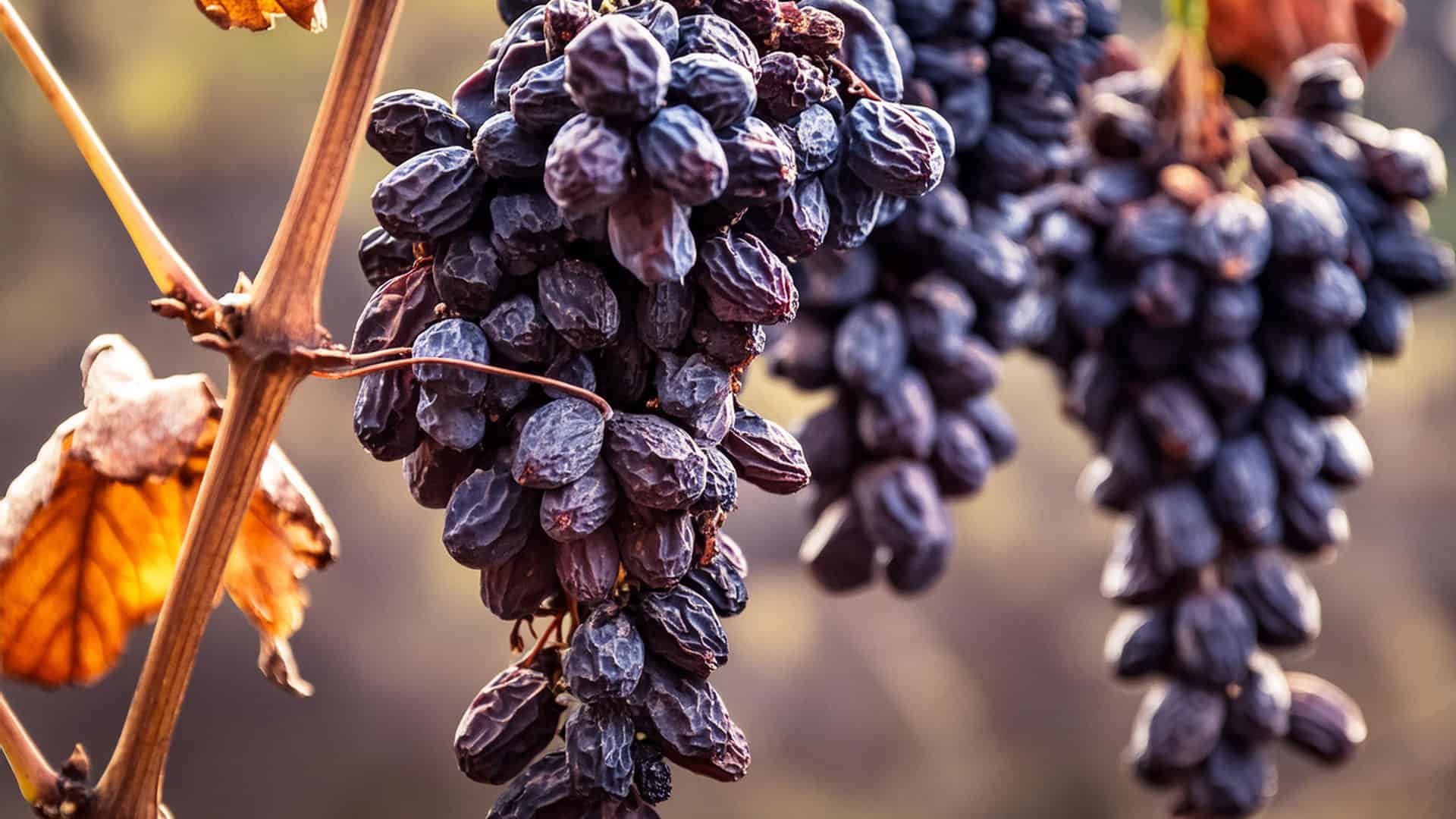
In the case of ice wine, as the name of the wine suggests, the berries are harvested in a frozen state below minus 7 degrees Celsius and pressed frozen. This is where the concentration of sugar content is at its highest. The grapes of an ice wine must have an Oechsle degree of at least 125, but there is also ice wine made from grapes that have an Oechsle degree of 250.
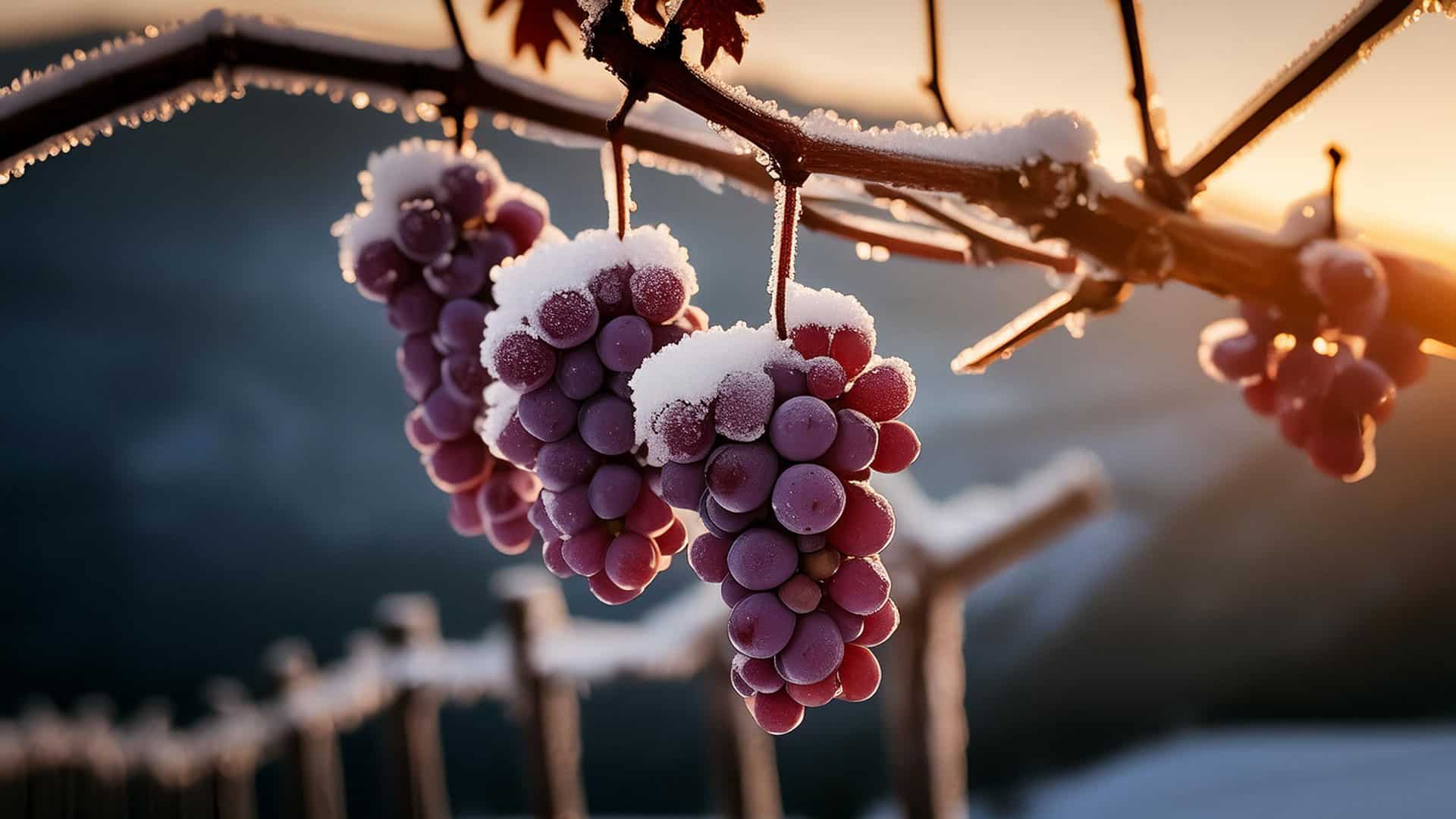
Sweet wines to accompany food – the sweet agony of choice
Thanks to the sweetness in the dessert wines, they are naturally predestined to accompany a dessert or a dessert. Due to their variety, which ranges from light and lean to full-bodied and rich, they also go very well with many other dishes. Due to their pleasant balance of acidity and other aromas, they are almost as suitable for food pairing as dry white, red and sparkling wines.
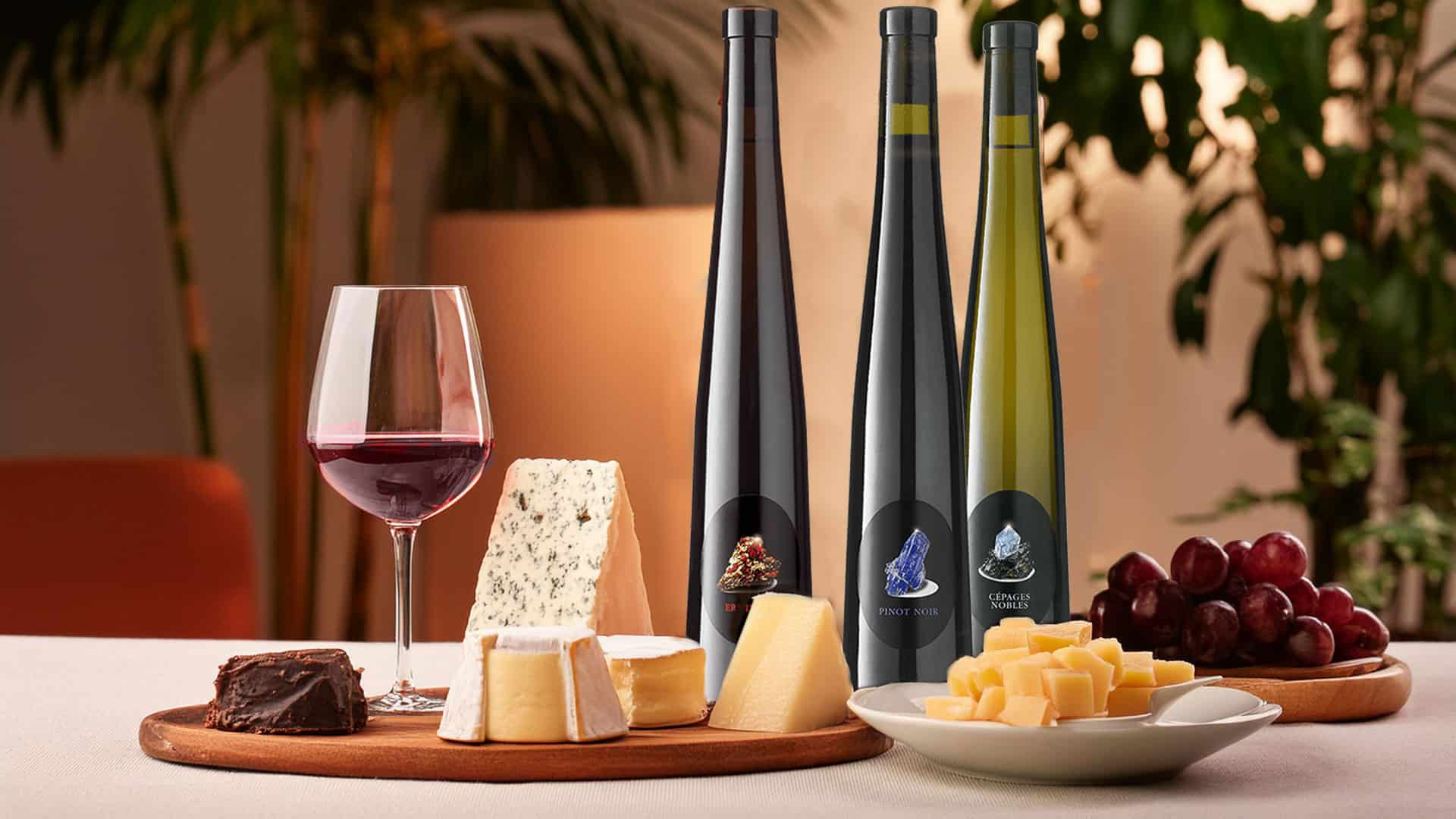
Fruit tart: Sweet wines such as Sauternes or Trockenbeerenauslese go well with food such as fruit tart, as their sweetness emphasizes the fruity aroma of the pastry.
Fruit desserts: For desserts with exotic fruits such as mango or pineapple, sweet Moscatos or Muscats can enhance the fruit flavors.
Wine recommendation: Gemma Ermitage Rubin AOC VS
Crème brûlée: A creamy dessert such as crème brûlée harmonizes wonderfully with a noble sweet wine such as ice wine.
Tiramisu: A sweet sherry such as Pedro Ximénez goes well with this Italian dessert.
Chocolate desserts: Port wine, Banyuls or a rich Madeira are great accompaniments to chocolate cake, truffles or chocolate mousse.
Wine recommendation: Gemma Ermitage Rubin AOC VS
Dessert with nuts: Sweet wines such as Amontillado Sherry or Maury are a good choice for a meal with nuts such as a pecan pie.
Wine recommendation: Gemma Ermitage Rubin AOC VS
Cheese: Sweet wines such as Tokaji Aszú or late harvest Riesling are excellent with food, e.g. for a cheese platter with blue cheese or matured cheddar.
Wine recommendation: Gemma TOPAS cépages nobles AOC VS, Gemma Ermitage Rubin AOC VS
Ice cream: An ice wine or a sweet Vin Santo can be a wonderful addition to ice cream or sorbet.
Interesting facts about dessert wines, sweet wines and liqueur wines
Here you will find answers to frequently asked questions about dessert wines.
What dessert wines are there?
German dessert wines are available in different quality levels, which are referred to as Prädikate. These predicates range from Kabinett to Spätlese, Auslese, Beerenauslese and Trockenbeerenauslese through to Eiswein. Each of these levels stands for noble sweet wines with slightly different degrees of ripeness and aromas.
What is dessert wine?
Dessert wine is a red or white wine with a high residual sweetness, which is why it is often served with dessert. But dessert wine can of course also be enjoyed as an aperitif.
What is the name of the sweet wine?
Dessert wines include varieties such as Muscat, Caluso Passito, Tokay, Málaga and Samos wine. Port wine and Málaga are also worth considering. Long-aged port wines in particular are an excellent accompaniment to opulent desserts.
When do you drink a dessert wine?
Dessert wines or sweet wines are full-bodied wines with an intense sweetness. They are traditionally enjoyed at the end of a meal with dessert or cheese.

